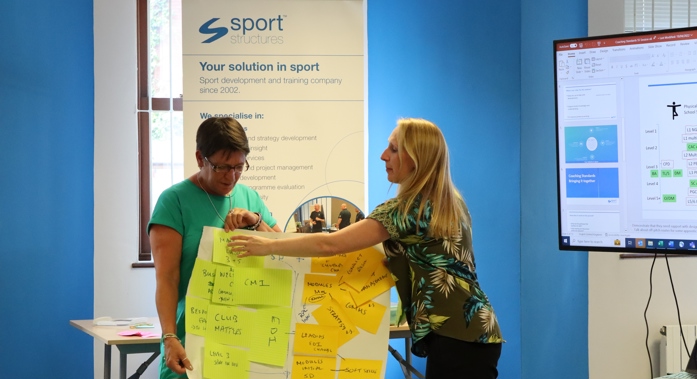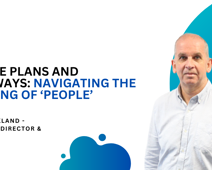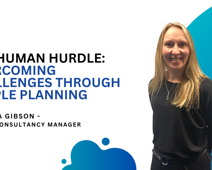We often use the phrase at Sport Structures ‘It is all about people!’. The sport, physical activity and fitness sector is a thriving sector because of people. It is also a sector that faces many challenges because of people. Now, I know that sounds like a contradiction but stay with me on this one.
Let’s start with some facts and stats - There were estimated to be approximately 155,900 sport and fitness workers in the United Kingdom as of the first quarter of 2023 and circa 20% of the population in England volunteered pre-pandemic to help sport and physical activity happen (source: Statista.com). On the face of it, and to individuals outside of the sector that probably looks incredibly positive.
However, the conversations we often have with our partners, clients and friends across the sector tell a different story. These include not enough volunteers, struggling to recruit the right people, a lack of time for training, and people resistant or not having the skills ready for a change in cross-cutting big issues like tackling inequalities or child-centred coaching, and that a sport’s culture is toxic.
People planning is now a key driver and a hot topic for many organisations as part of their requirements to meet the Code for Sports Governance if they are funded by Sport England or UK Sport. However, this isn’t or shouldn’t really be a new thing or something organisations feel they must comply with. People are key to everything we do so planning around people is surely critical to everything. I have observed and tried many attempts at workforce development over the years, and Sport Structures has countless case studies supporting this over the years.
Key Learnings
- We shouldn’t see it as a separate part of operations, but something that is integral to everything.
- We need to understand our people to ensure we have enough of the right people, in the right roles and that we can develop them to meet the organisation/sports’ needs.
But what do we need to understand? My model of working here is a simple one. We need to understand our current state, and desired state, and plan to address to gap between the two.
Let’s break that down
If we explore our current state, we are considering how many people we have and playing what roles. We need to understand more about them – where they live, their demographics, motivations, aspirations, and development needs. This also includes understanding their current satisfaction levels and potential frustrations.
When we consider our desired state, we are considering the needs of the sport, organisation, and strategic ambitions. A simple example would be, if you want to grow your sport by 50% how many people and in what roles does this require? Defining this as clearly as possible assists organisations in understanding what they need to put in place in people planning.
When analysing the gap – it's important to keep looking at the data and understanding what is needed. Is this more education and training, redefining your employee pathways or retention schemes, or is this targeted positive intervention to readdress workforce diversity imbalances for example?
Sport Structures has supported many organisations over the years to understand their people through training needs analysis, workforce development planning, membership reviews and consultation, and engaging the workforce in shaping training solutions. A recent and interesting example has been our recent support to The FA Education team. We were commissioned to support them in forming a venue strategy and associated solutions. We analysed their data sets of learners, tutors, coach developers and existing venues. We looked at priority outcomes for them such as tackling inequalities. We provided recommendations to work differently and created a venue database to improve their venue booking process with detailed information on venues that met their course, learner and organisation needs. We also continue to work with Boccia England supporting them with the formation of their 10-year strategy. We are currently supporting them to establish their People Plan, including meaningful insight to understand their people now and their needs in the future.
So, a little task for anyone who has found this interesting. Take some time to think – what do you know about your people now? And does this match your future needs?
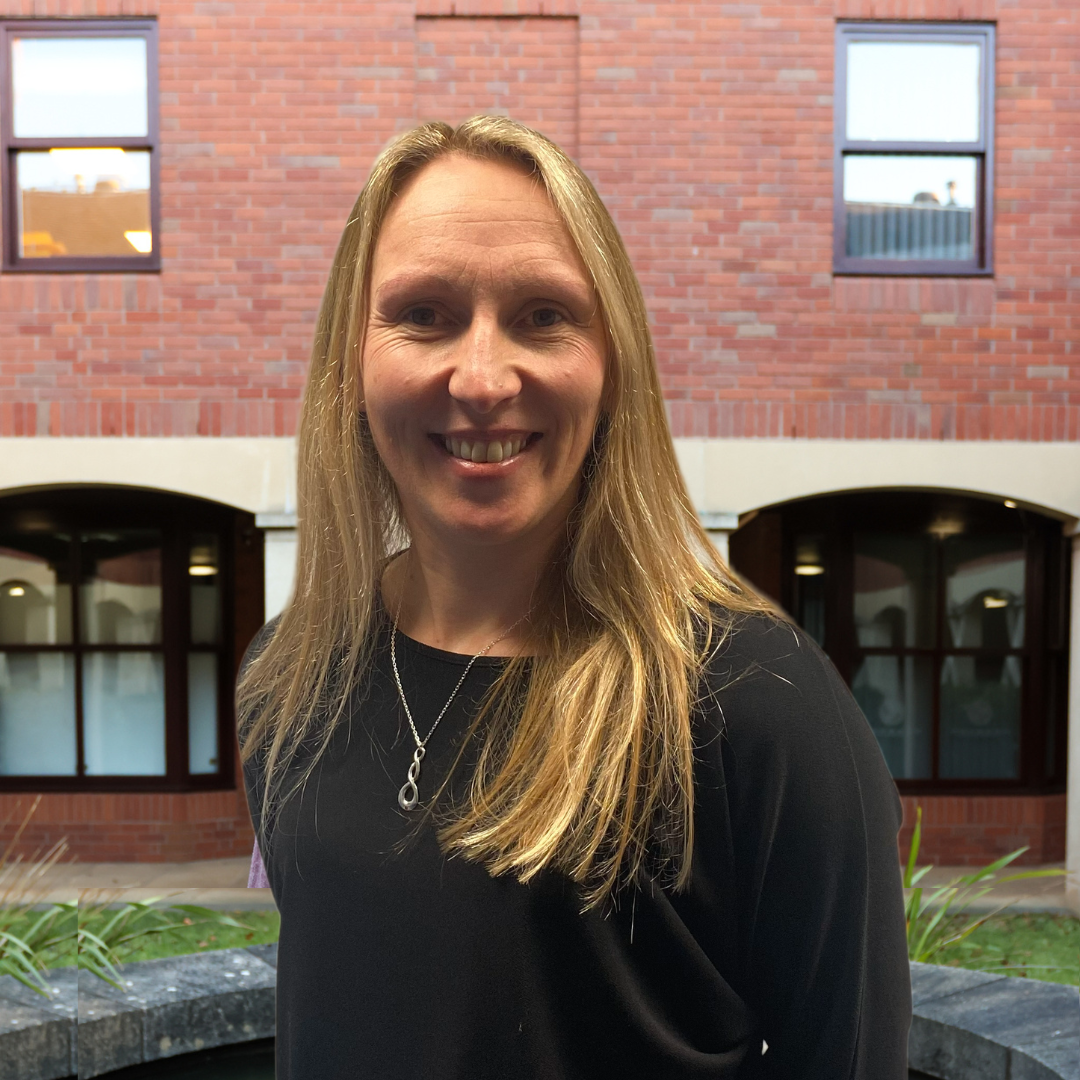
Senior Consultancy Manager
Click Here to find out more about Rebecca!
Related Services
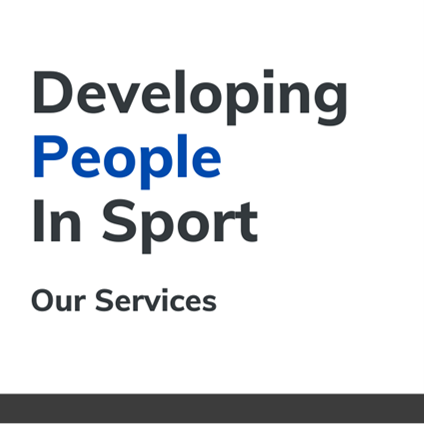
Find out more about Developing People in Sport!

